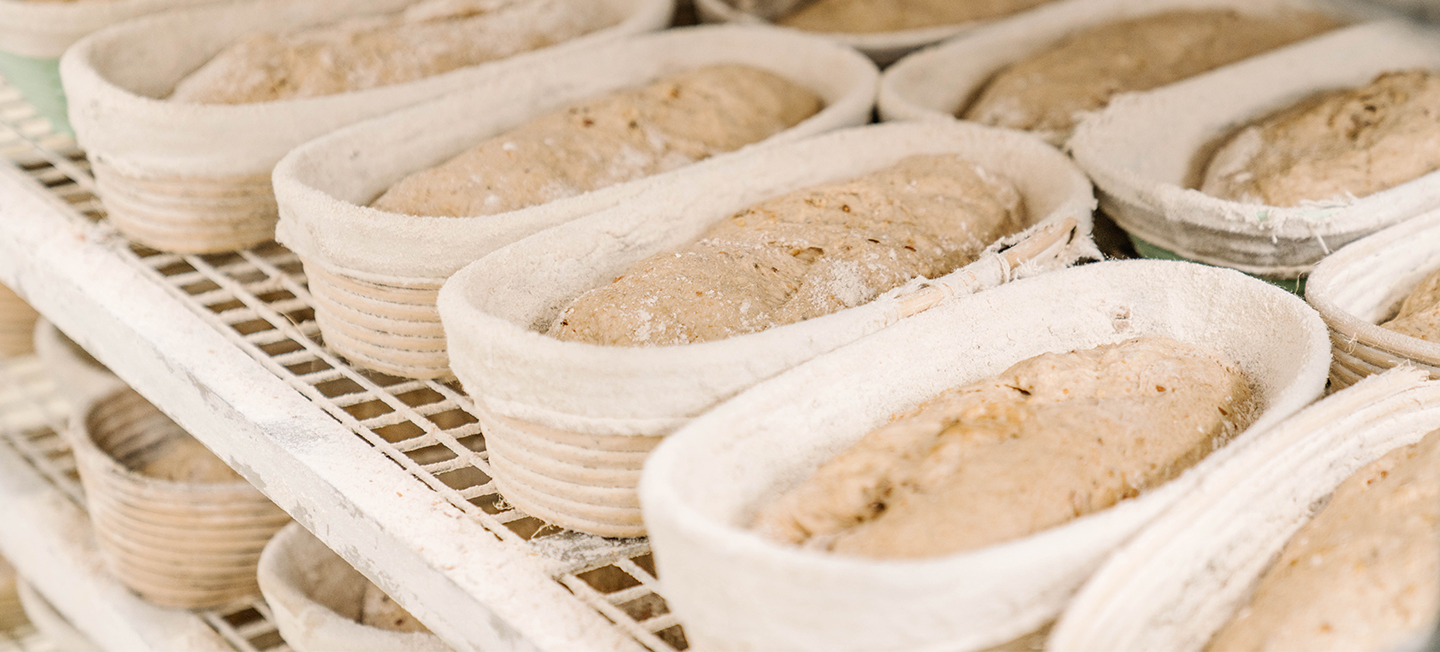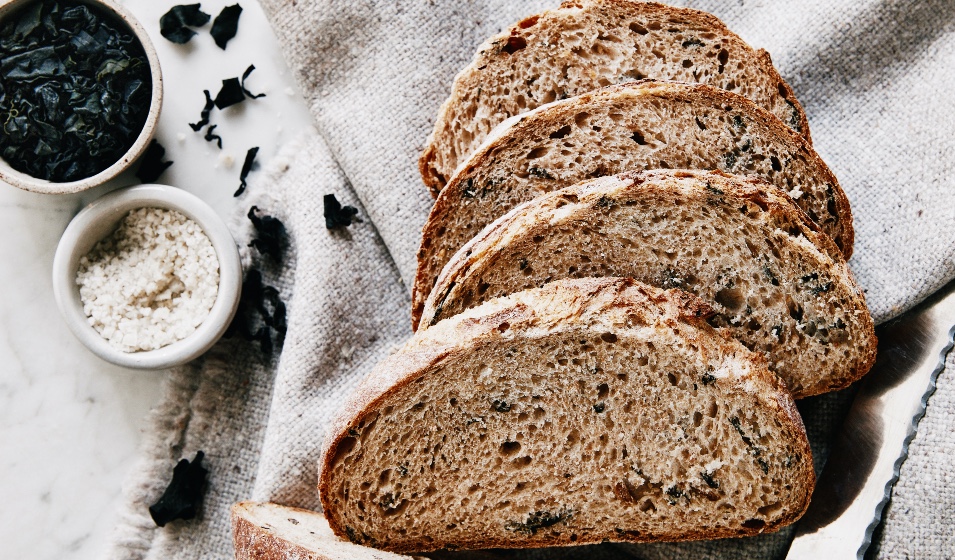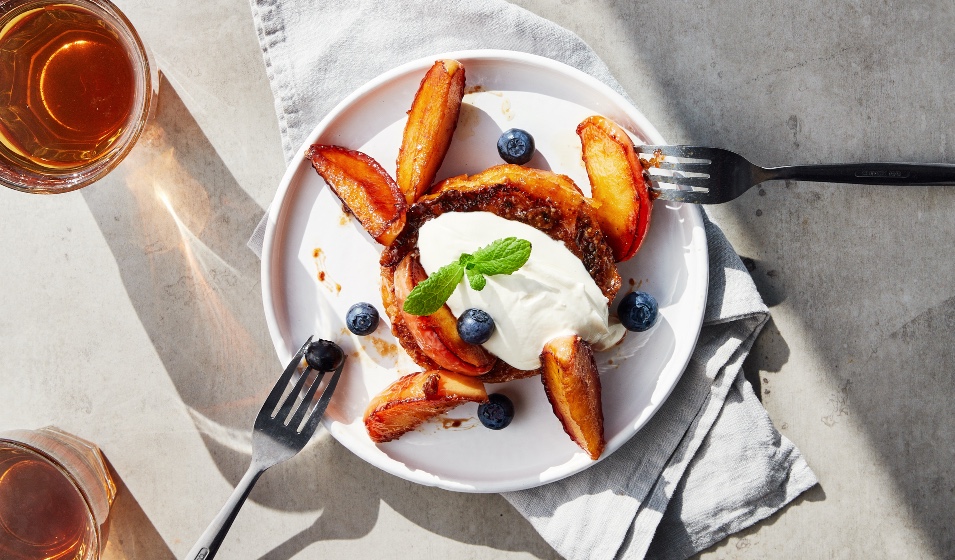Old bread also has a value
At Le Pain Quotidien, yesterday’s bread is today’s ingredient. From bread crust to beer: many things can be created with old bread. The small steps we’ve been taking for thirty years can become even bigger. To do so, we started to look for even more solutions to give a new life to our old bread.
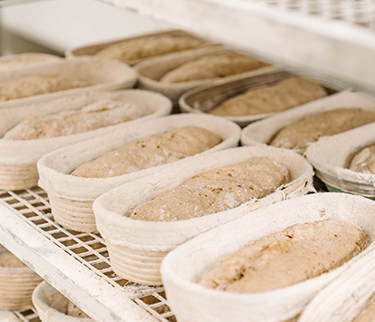
Craftsmanship
Our bread is composed and baked with special care and patience. We choose to use organic, stone-ground flour. The fermentation process of the dough takes time and the conservation of the sourdough in our atelier requires a lot of knowledge and precision.
“Flour, water, salt and patience… a lot of patience.
Too costly
Throwing this bread away would be a useless waste, especially when we know that the production of one baguette requires four square meters of land and a bathtub full of water (150 liters). So every baguette counts. Unfortunately, baguettes lose their freshness after only half a day. That’s why we bake them several times a day in our bakeries. The old baguettes are then turned into croutons, which are very popular with our soups. But we needed more projects, more small steps, and better organization in order to waste even less bread day after day.
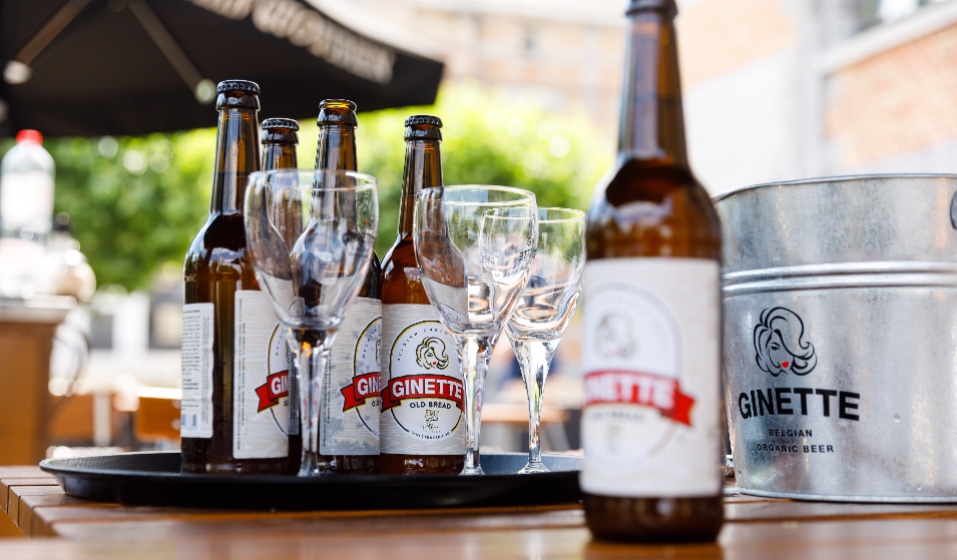
Beer
At Ginette, the beer is brewed with our old bread. With such collaborations, we have the chance to develop local projects for people living in poverty. By doing so, we have been able to distribute a lot of bread while reducing foodwaste.
A whole new bread
In our own kitchen, we’ve also begun to look beyond the croutons in the soup by developing a new recipe: a freshly baked crouton salad, now available in our menu. With our unsold brioches, we make Pain Perdu, a dessert that is now on the menu with warm apple and clotted cream. Our pride and joy today is the innovation of a new type of bread with a dough made of seaweed (dried wakame) and a fifth of yesterday’s sourdough bread.
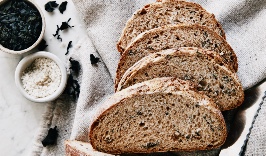
Le Pain Quotidien
Bread also has an emotional meaning for us at Le Pain Quotidien: the everyday bread has been the foundation of our story since the beginning. Every day, our goal is not to throw away a single slice, but to use bread as an ingredient.
What small steps are you taking?
Bread is very subjective to waste because of its limited shelf life. 23% of the food thrown away by the Belgian consumer are breads and pastries. All of this summed up comes easily to a few kilos per person per year. Research also shows that a lot of food (not only bread) is actually still edible when it is thrown away. Together, we would like to take a small step to limit this waste.
To do so, Luc de Clercq, L’Atelier du Pain’s head baker, gives you tips on how to better preserve your bread while our founder Alain Coumont shares a surprising recipe here below. Would you like to join us in taking this small step?
“Store unsliced bread in a bread bag at room temperature.
Keep your fresh bread longer
A good bread bag is a traditional Belgian paper bag with a thin coating, no plastic nor linen. Seal the bag tightly and place the bread in (or above) a cupboard, but not in the fridge.
Want to freeze fresh bread? Do this without slicing it and as soon as it has cooled. In the freezer, be sure to wrap the bread in a plastic bag. You can store bread in the freezer for up to four months. When the bread is defrosted, put it in a hot oven for another ten minutes.
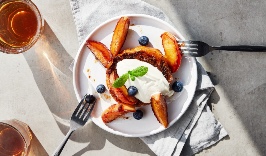
Pain perdu with coconut milk and lime
Alain Coumont’s recipe
- 200 g coconut milk
- 1 egg
- ½ teaspoon lime zest
- 4 slices (1.5 cm thick) of cramic or raisin bread
- 1 tablespoon butter
- For the topping: powdered sugar
In an oval bowl, whip the egg with coconut milk, fine sugar and grated lime zest.
Dip the bread slices in the mixture and turn them over several times. Once completely soaked, preheat a non-stick pan, melt the butter and brown the bread slices for two minutes on each side.
Serve hot, sprinkled with powdered sugar and lime zest.
This Thai-inspired recipe can be served as a meal, snack or dessert, for example with a few slices of mango or a scoop of sorbet.
Bon appétit
